Livraison offerte dès 79€ d'achat !
Nouveautés : Les Infusions, les Ultrasons et les Upcycling !
Livraison offerte dès 79€ d'achat !
Nouveautés : Les Infusions, les Ultrasons et les Upcycling !
Like many natural substances, Haitian Vetiver (Chrizopogon Zizanioïde) has been known for centuries.
At the very least, since antiquity, since written traces of its use can be found in Ayurvedic writings as far back as the 10th century BC.
Its name comes from southern India, in particular from the region of western Tamil Nadu where it originates, and more precisely from the Tamil word “vettiveru”.
It is also called Khus Khus in many parts of India.
It was not until the early 19th century that it was introduced to Europe, often for perfumery purposes.
Appreciated for its woody notes, both tenacious and earthy, it is regularly associated with the most noble materials such as Neroli, Jasmine, Ylang-Ylang, Rose and Patchouli.
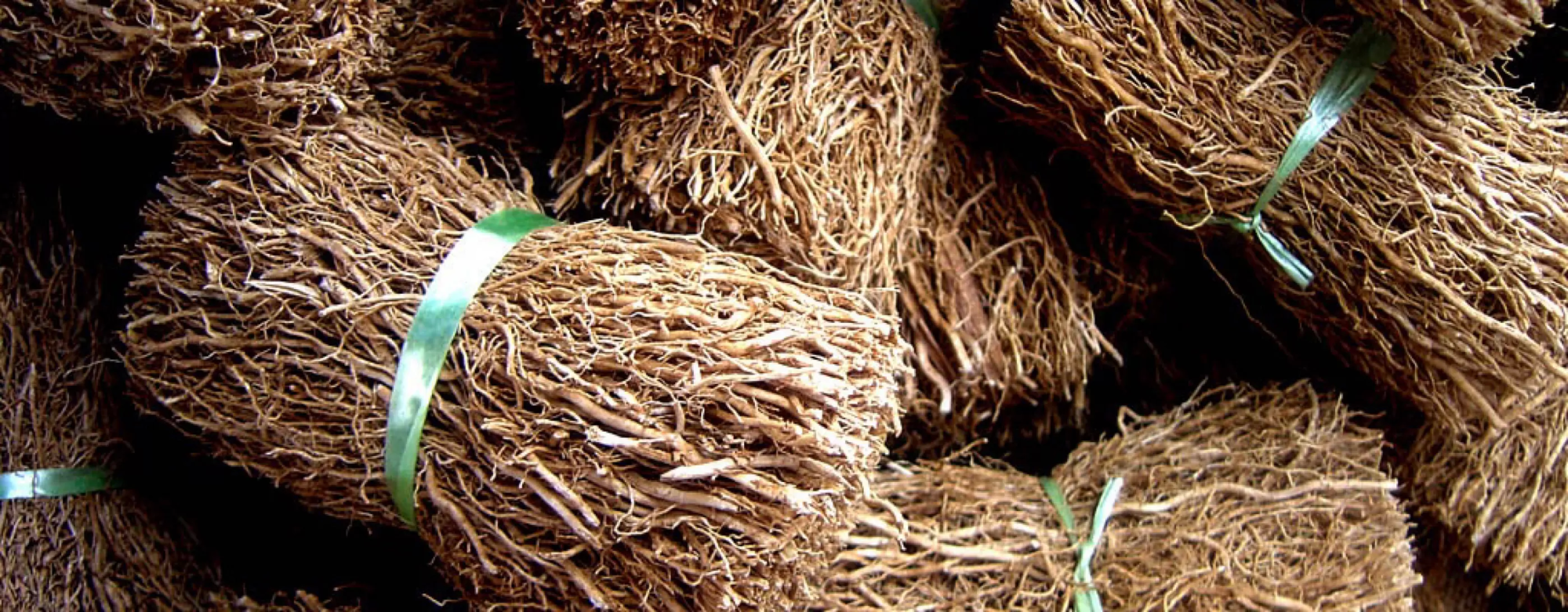
Today, vetiver is found in many tropical countries, including Haiti, Madagascar, Indonesia, Brazil and China.
Although there are a dozen species of vetiver, 3 are the main ones used in perfumery, all from the Graminaceae family and the Vetiveria Zizanioïde genus: Bourbon vetiver, Haitian vetiver and Java vetiver.
The former is renowned for its earthy, fine, slightly rosy notes, while Haitian vetiver is more woody, green and Java vetiver smoky to the extreme.
Bourbon vetiver was long considered the noblest, due to its exceptional quality, but it has now largely disappeared in favor of Haitian vetiver, which alone accounts for almost half the world’s production (out of a global output of around 150 tons a year).
A kind of invasive green tuft with tall, wiry leaves, vetiver owes its fame to its roots, which grow vertically to a depth of 3 meters.
They are essential in several ways.
Firstly, they effectively combat soil erosion by increasing fertility, conserving moisture and stabilizing soil movement.
On another level, they are an excellent way of repelling moths and insects in general.
When dug up, rhizomes give off a characteristic scent appreciated by perfumers: tenacious and earthy, woody and smoky.
The Haitians call this all-purpose herb their “Mirak Plant” or “miracle plant”.
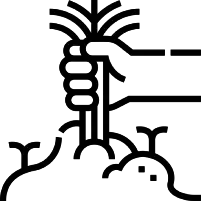
Vetiver is generally found in tropical and subtropical regions.
It grows best in damp soils, and more specifically on plains, near rivers or swamps.
But the plant is particularly hardy, thanks to its sheathing leaves and long roots (which reach depths of up to 3 meters).
Vetiver therefore survives the most extreme conditions, from long periods of drought to heavy flooding and even cyclones.
The plant also acts as its own insect repellent.
In Haiti, you’ll come across vetiver everywhere.
It’s simple: it’s estimated that almost one in two inhabitants has a plot of vetiver on their land.
And more than 50,000 families in the south of the country depend on the plant for their livelihood.
Harvesting is called “digging”, since the soil has to be turned over with a fork to extract the roots.
It begins in December of the year following the first planting.
After 18 months, the clump of grass is cut flush, and the roots extracted from the soil.
This can only be done in the dry season, and certain precautions must be taken to avoid soil erosion.
They are then arranged in bunches or “balls” for distillation into essential oil (note that it takes 150kg of roots and no less than 24 hours of “cooking” to obtain one liter of oil).
For Le Sourceur, we chose to work with the producer Unikode, who follows an expertise in setting up sustainable and fair supply chains, within the Domaine des Cayes.
Unikode supports the principle of sustainable permaculture cultivation and recognizes the need to value and remunerate the participation of the smallholders who produce vetiver root.
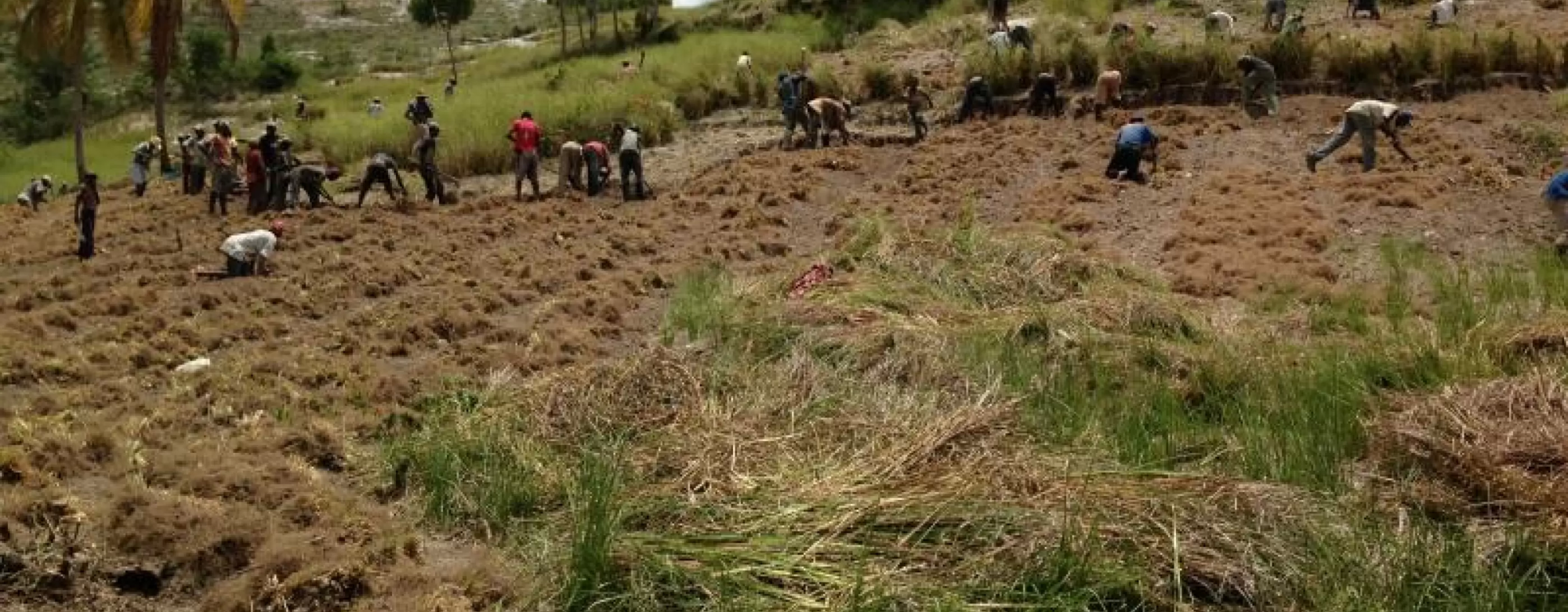
For a long time, on Reunion Island or in the Indian Ocean, vetiver grass was an essential material for the construction of dwellings and what is traditionally known as “la kaz en paille” or straw hut; a small, inexpensive house originally built to house slaves or serve as a dependency for settlers.
Straw was used to make thatched roofs and even walls, and its fiber was used to make adobe bricks.
Today, its use as a building material has largely fallen by the wayside, but many people are campaigning for it to be reintroduced.
Vetiver roots are reputed to be particularly effective in combating soil erosion and facilitating rain absorption.
But they are also used around the world in many ways, as much for their fascinating scent as for their exceptional properties.
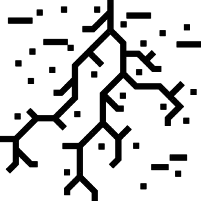
Traditionally, women wove curtains, screens or even fans from dried vetiver roots, sprinkling them with water to scent the air with fresh, woody fragrances.
It worked a bit like scented air conditioning.
For many years, vetiver has been part of the compositions of the greatest perfumers, who appreciate its woody, spicy and aromatic notes.
While it has played a major role in men’s perfumery, notably in the late 50s with such famous creations as Vétiver by Carven and Vétiver by Guerlain, it has also made its mark in women’s perfumery, with the no less famous Cabochard by Grès.
Vetiver essential oil promises calm and serenity and is recognized as an antidepressant in Ayurvedic medicine.
In aromatherapy, its anchoring and self-confidence-boosting properties are highlighted.
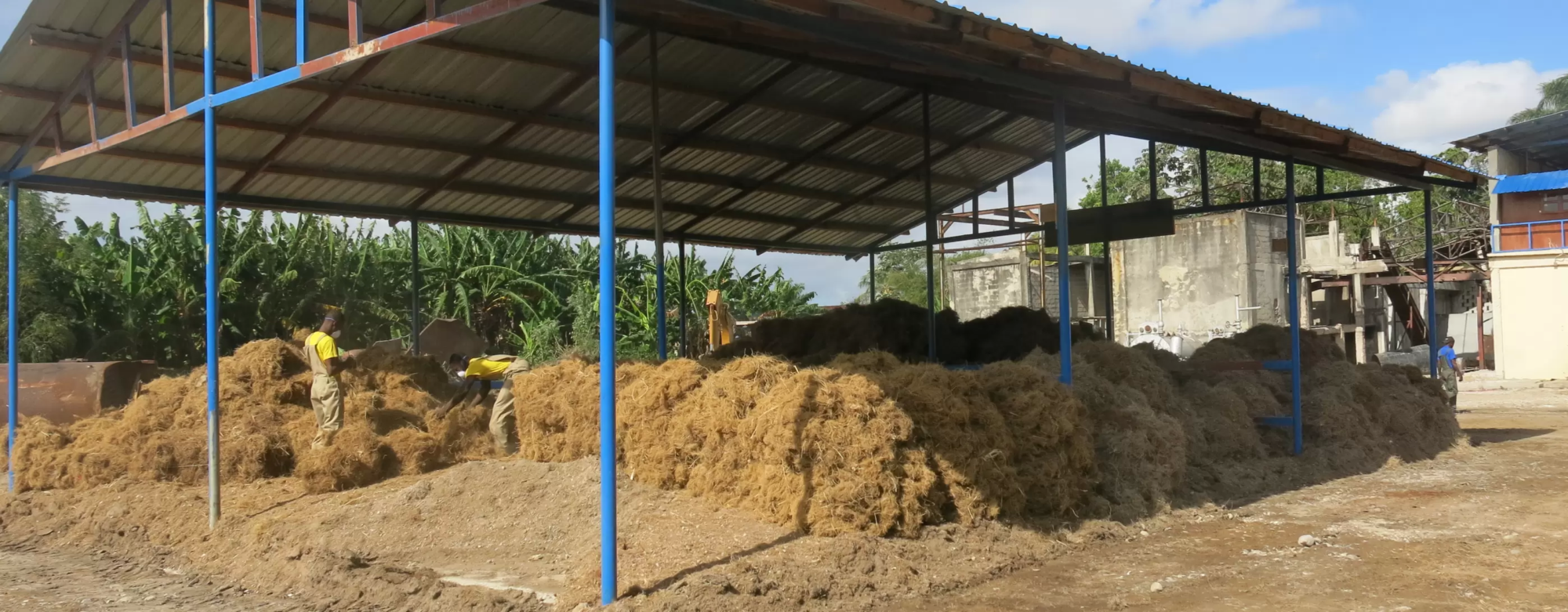
We remember this phrase overheard in a Port-Au-Prince market during our first trip to Haiti in 2009.
At the time, vetiver cultivation abounded on the island, and the perfume industry had made it its favorite playground for developing its range of men’s fragrances.
A veritable godsend for the industry, it was not yet a source of happiness for local producers, who were largely sidelined in the frantic race for supplies…
Known as the “Mirak Plant” by the Haitians, the plant is essential to the preservation and enrichment of the land; for its ability to grow everywhere, to withstand all weathers, but above all for its preponderant role in reducing soil erosion.
A real boon for an island constantly devastated by natural disasters; in Haiti, it’s often said: “When there’s nothing left, only vetiver can stand”.
On the other hand, the plant’s cultivation continues to grow every year, and is playing an increasingly important role in the economy of this agricultural country.
Today, it is estimated that over 50,000 families make their living from the plant.
But with its over-exploitation, vetiver soon found itself facing its biggest dilemma.
Should the plant be preserved or cultivated?
To put things in context, in 2008, there was no form of annual stock limitation.
As a result, prices plummeted.
Every day, growers were lugging bundles of dozens of kilos on their backs for barely 50 euro cents.
Every day, plots of vetiver that had been uprooted but not replaced were losing ground.
We were walking on our heads.
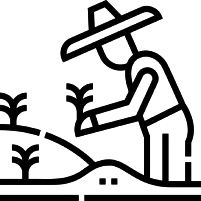
With this in mind, a group of associations has been set up by the main cosmetics and perfume companies operating in the field.
Their collective aim is to make the vetiver industry fair and sustainable, while minimizing its environmental impact.
The group is called NRSC or Natural Ressource Stewardship Circle.
In practical terms, and without interfering in the local economy, the association aims to secure the long-term future of the industry by establishing common rules for the practices to be adopted, based on values such as transparency, fairness and the protection of biodiversity.
To put it plainly, the group aims to fix the purchase of roots at the fairest price in order to increase farmers’ incomes, and facilitates the creation of cooperatives to regulate and control stocks (and avoid both overexploitation, which would weaken the soil, and a levelling down of prices).
It also created replanting programs in the most sensitive areas.
Although this association no longer exists, making way for cooperatives and fine local projects such as our KAM producer, it was a total success, demonstrating that collective initiatives can bring about positive change.
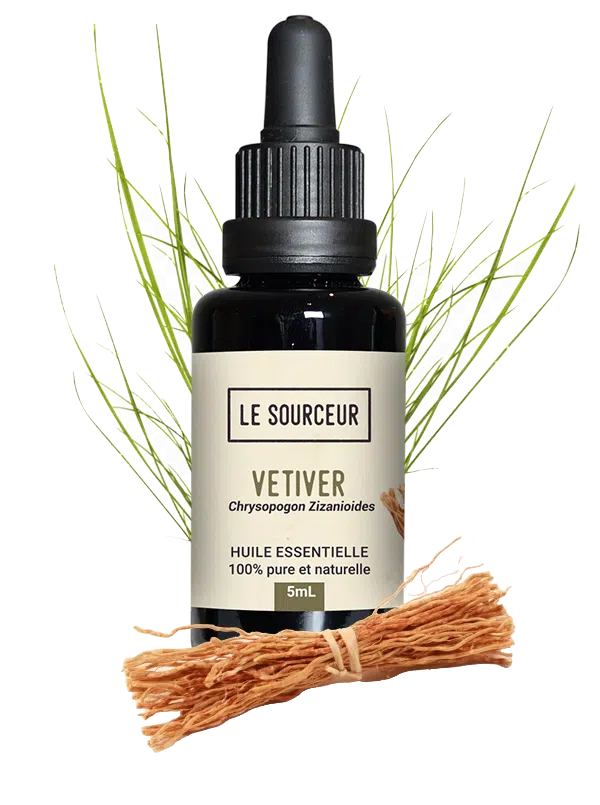
La Science des Huiles Essentielles médicinales, by Pierre Franchomme,
published by Guy Trédaniel, p138
Vetiver : le Vétiver en parfumerie, by Eléonore de Bonneval, Olivier David R.P., Jeanne Doré and Anne-Sophie Hojlo,
published by Nez, 2020
Vetiver in Haiti, produced by Martinique la 1ère


 informations
informations  mon compte
mon compte  contact
contact Copyright © 2024 Le Sourceur. Tous droits réservés / Développement : Mrlsagency